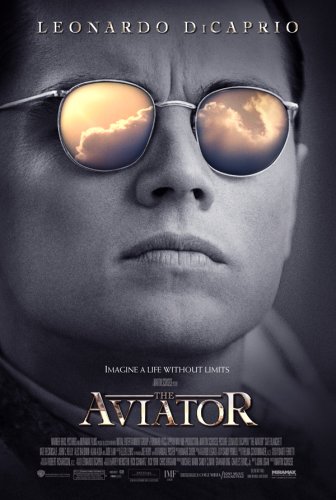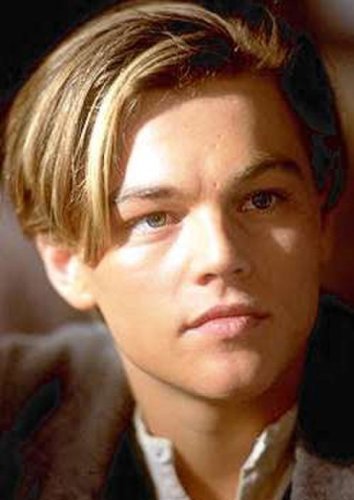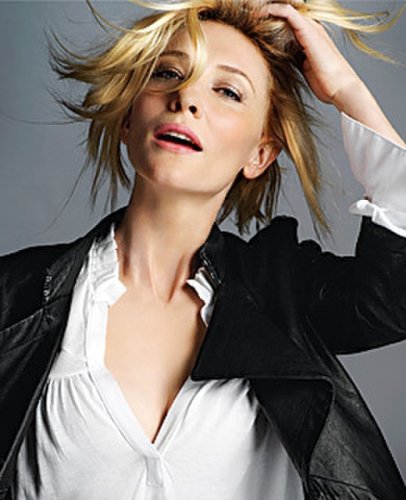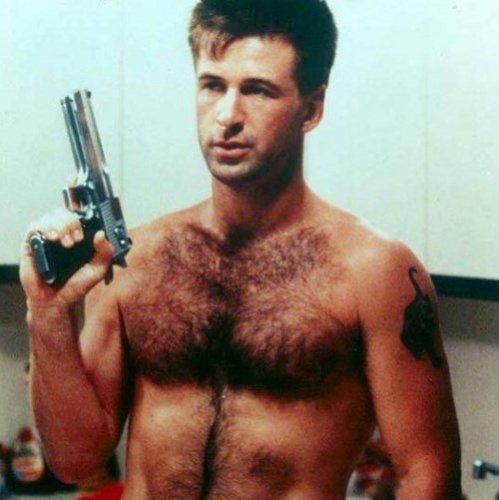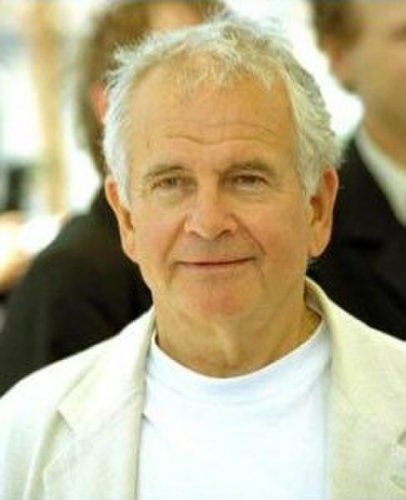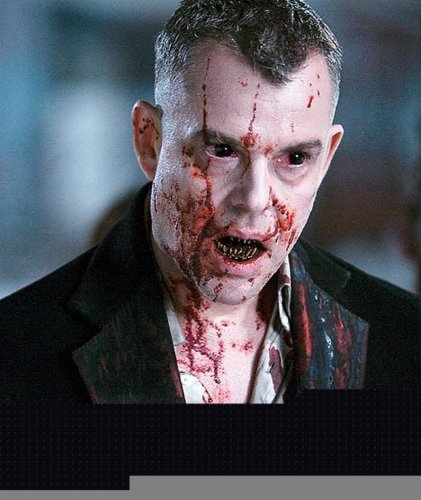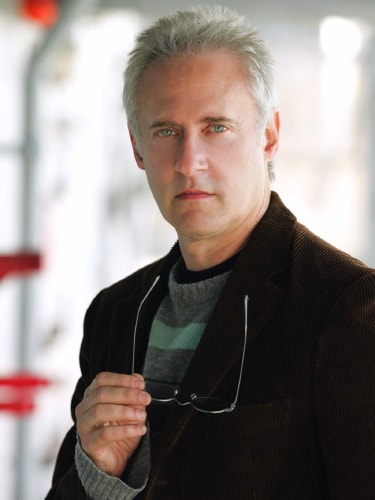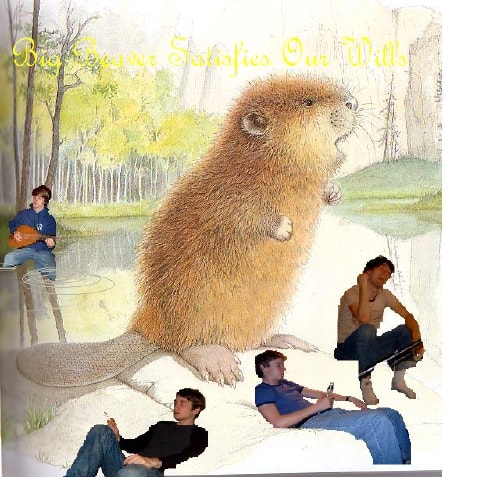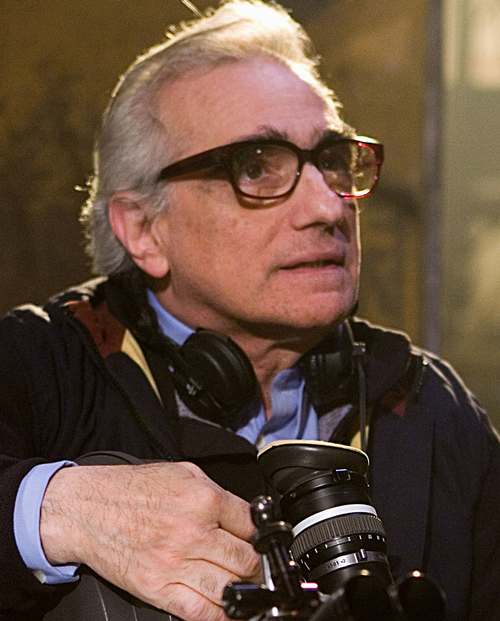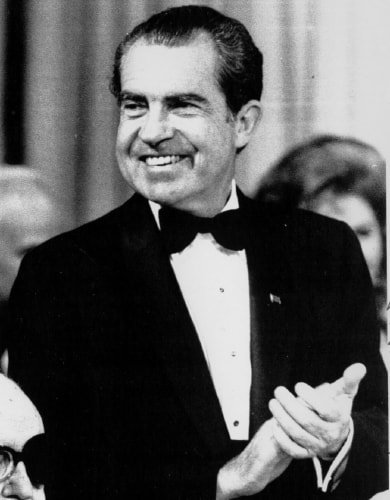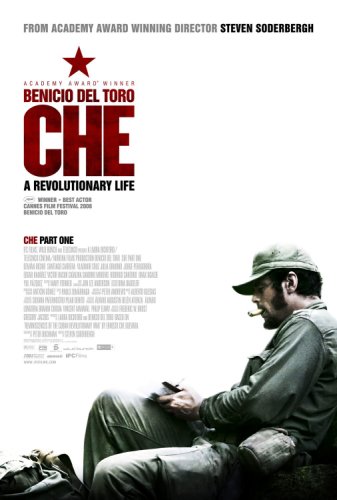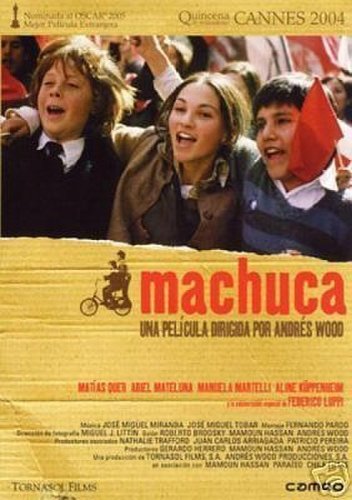| Fecha | Área | Bruto |
|---|---|---|
| 27 May 2005 | USA | USD 102,608,827 |
| 22 May 2005 | USA | USD 102,593,534 |
| 15 May 2005 | USA | USD 102,563,679 |
| 8 May 2005 | USA | USD 102,511,315 |
| 1 May 2005 | USA | USD 102,432,141 |
| 24 April 2005 | USA | USD 102,253,733 |
| 17 April 2005 | USA | USD 102,065,459 |
| 10 April 2005 | USA | USD 101,912,229 |
| 3 April 2005 | USA | USD 101,707,518 |
| 27 March 2005 | USA | USD 101,270,465 |
| 20 March 2005 | USA | USD 100,444,305 |
| 13 March 2005 | USA | USD 99,061,021 |
| 6 March 2005 | USA | USD 97,039,461 |
| 27 February 2005 | USA | USD 93,643,789 |
| 20 February 2005 | USA | USD 88,876,786 |
| 13 February 2005 | USA | USD 82,323,907 |
| 6 February 2005 | USA | USD 75,895,720 |
| 30 January 2005 | USA | USD 68,233,031 |
| 23 January 2005 | USA | USD 58,024,146 |
| 16 January 2005 | USA | USD 51,528,137 |
| 9 January 2005 | USA | USD 42,798,842 |
| 2 January 2005 | USA | USD 31,541,390 |
| 26 December 2004 | USA | USD 9,986,105 |
| 19 December 2004 | USA | USD 858,021 |
| 27 February 2005 | UK | GBP 7,885,636 |
| 20 February 2005 | UK | GBP 7,578,878 |
| 13 February 2005 | UK | GBP 7,063,449 |
| 6 February 2005 | UK | GBP 6,560,129 |
| 30 January 2005 | UK | GBP 5,821,350 |
| 23 January 2005 | UK | GBP 4,671,663 |
| 16 January 2005 | UK | GBP 3,107,546 |
| 9 January 2005 | UK | GBP 1,545,475 |
| 2 January 2005 | UK | GBP 162,143 |
| 26 December 2004 | UK | GBP 23,835 |
| Worldwide | USD 213,741,459 | |
| non-USA | USD 111,131,129 | |
| 3 April 2005 | Italy | EUR 5,459,367 |
| 13 March 2005 | Italy | EUR 5,439,899 |
| 30 January 2005 | Italy | EUR 2,120,863 |
| 13 February 2005 | Netherlands | EUR 913,171 |
| 23 January 2005 | Netherlands | EUR 195,422 |
| 3 April 2005 | Romania | USD 74,990 |
| Fecha | Área | Bruto | Pantalla |
|---|---|---|---|
| 19 December 2004 | USA | USD 858,021 | 40 |
| 26 December 2004 | UK | GBP 23,835 | 1 screen |
| 11 February 2005 | Australia | USD 1,441,031 | 248 |
| 21 January 2005 | Austria | USD 217,732 | |
| 28 January 2005 | Belgium | USD 343,304 | |
| 4 February 2005 | Brazil | USD 549,259 | 177 |
| 7 January 2005 | Europe | USD 1,865,172 | 285 |
| 28 January 2005 | Finland | USD 98,946 | |
| 28 January 2005 | France | USD 3,571,438 | |
| 21 January 2005 | Germany | USD 1,565,157 | |
| 18 February 2005 | Hong Kong | USD 6,780 | 5 |
| 28 January 2005 | Iceland | USD 23,411 | |
| 30 January 2005 | Italy | EUR 2,120,863 | 438 |
| 25 March 2005 | Japan | USD 629,474 | 58 |
| 23 January 2005 | Netherlands | EUR 195,422 | 74 |
| 4 February 2005 | Norway | USD 198,517 | |
| 28 January 2005 | South Africa | USD 227,277 | 37 |
| 14 January 2005 | Spain | USD 1,690,701 | |
| 21 January 2005 | Sweden | USD 125,503 | |
| 21 January 2005 | Switzerland | USD 239,661 |
| Fecha | Área | Bruto | Pantalla |
|---|---|---|---|
| 22 May 2005 | USA | USD 16,406 | 58 |
| 15 May 2005 | USA | USD 30,128 | 95 |
| 8 May 2005 | USA | USD 43,070 | 138 |
| 1 May 2005 | USA | USD 107,418 | 224 |
| 24 April 2005 | USA | USD 149,461 | 283 |
| 17 April 2005 | USA | USD 105,301 | 173 |
| 10 April 2005 | USA | USD 130,129 | 210 |
| 3 April 2005 | USA | USD 245,969 | 289 |
| 27 March 2005 | USA | USD 461,719 | 405 |
| 20 March 2005 | USA | USD 899,062 | 718 |
| 13 March 2005 | USA | USD 1,359,048 | 1,002 |
| 6 March 2005 | USA | USD 2,327,231 | 1,331 |
| 27 February 2005 | USA | USD 3,739,037 | 1,579 |
| 20 February 2005 | USA | USD 4,924,449 | 1,710 |
| 13 February 2005 | USA | USD 4,671,646 | 2,196 |
| 6 February 2005 | USA | USD 5,427,739 | 2,530 |
| 30 January 2005 | USA | USD 7,550,128 | 2,503 |
| 23 January 2005 | USA | USD 4,837,872 | 2,261 |
| 16 January 2005 | USA | USD 6,350,078 | 1,956 |
| 9 January 2005 | USA | USD 7,492,647 | 1,867 |
| 2 January 2005 | USA | USD 11,364,664 | 1,796 |
| 26 December 2004 | USA | USD 8,631,367 | 1,796 |
| 19 December 2004 | USA | USD 858,021 | 40 |
| 27 February 2005 | UK | GBP 189,488 | 193 |
| 20 February 2005 | UK | GBP 234,755 | 221 |
| 13 February 2005 | UK | GBP 288,005 | 259 |
| 6 February 2005 | UK | GBP 374,574 | 288 |
| 30 January 2005 | UK | GBP 625,383 | 322 |
| 23 January 2005 | UK | GBP 916,036 | 331 |
| 16 January 2005 | UK | GBP 985,643 | 324 |
| 9 January 2005 | UK | GBP 1,314,946 | 285 |
| 2 January 2005 | UK | GBP 59,504 | 1 screen |
| 26 December 2004 | UK | GBP 23,835 | 1 screen |
| 13 March 2005 | Italy | EUR 15,614 | 11 |
| 13 February 2005 | Netherlands | EUR 130,214 | 74 |
| 23 January 2005 | Netherlands | EUR 195,422 | 74 |
